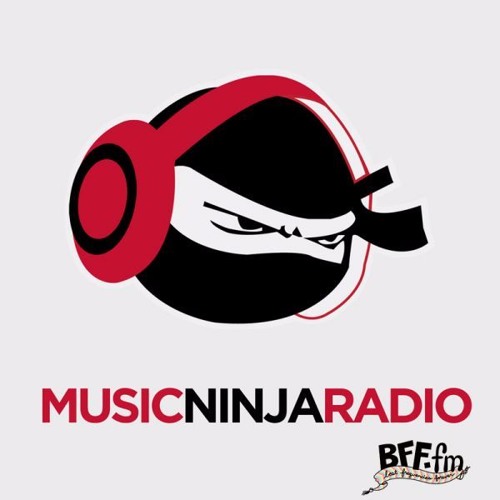
Scottish producer Rustie has been sneakily flooding Soundcloud with manic, mind-blowing productions for the last few months including one he apparently made in the hospital. Yesterday, he casually announced his latest album EVENIFUDONTBELIEVE along with the release of “Peace Upzzz,” which is track 6 from the project. As promised, Rustie’s latest album dropped this morning and it’s a monster. With 15 tracks, it’s some of Rustie’s most ambitious and bombastic work to date drawing clear influence from Glasgow’s electronic scene referencing Happy Hardcore in some of its aesthetics while maintaining a grandiose, trap-influenced sound. You may notice a few tracks on the album are appended (feat. Rustie) signifying that Rustie contributed either guitar or vocals along with production. Check out a couple of the tracks from EVENIFUDONTBELIEVE above and grab a copy here.
















